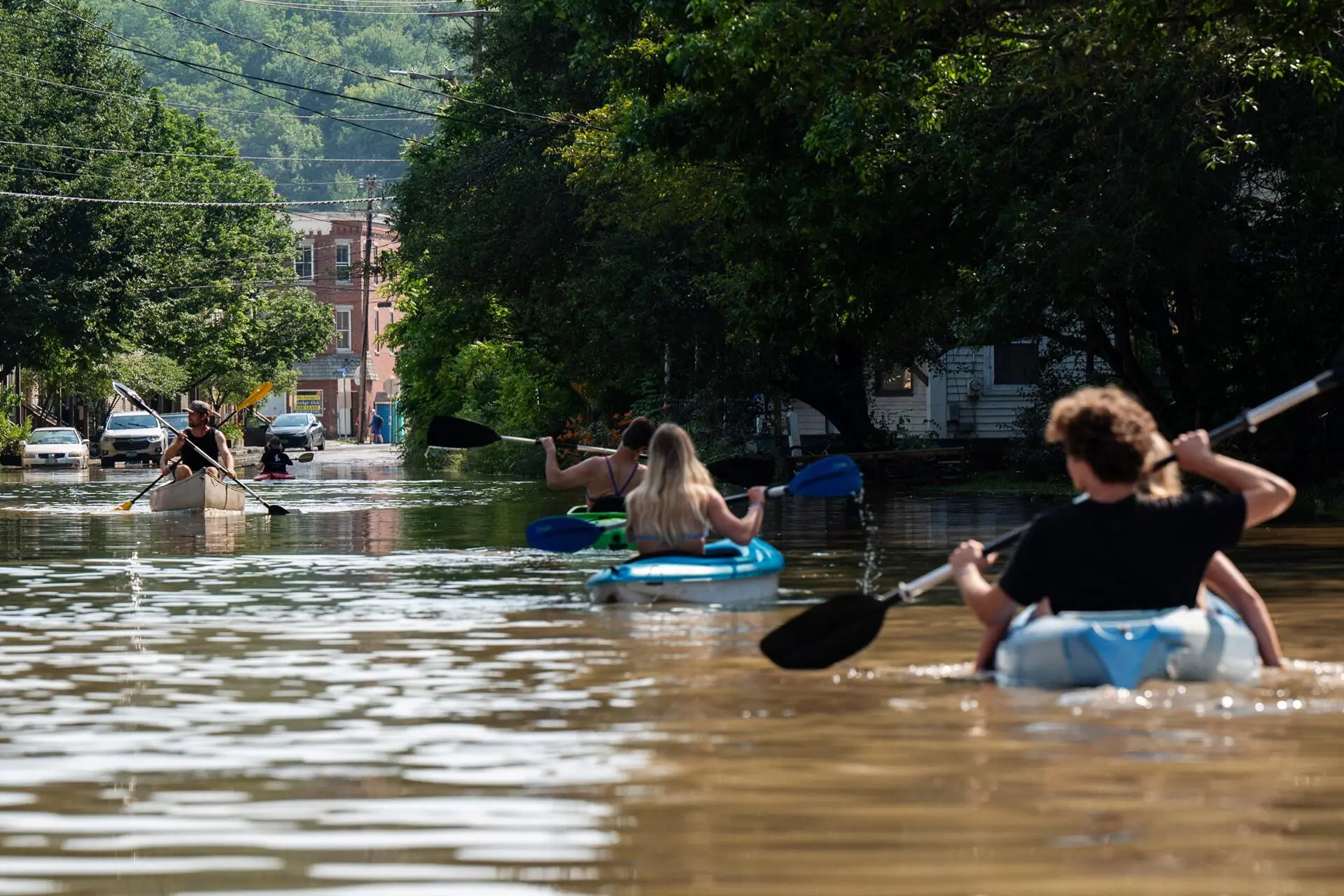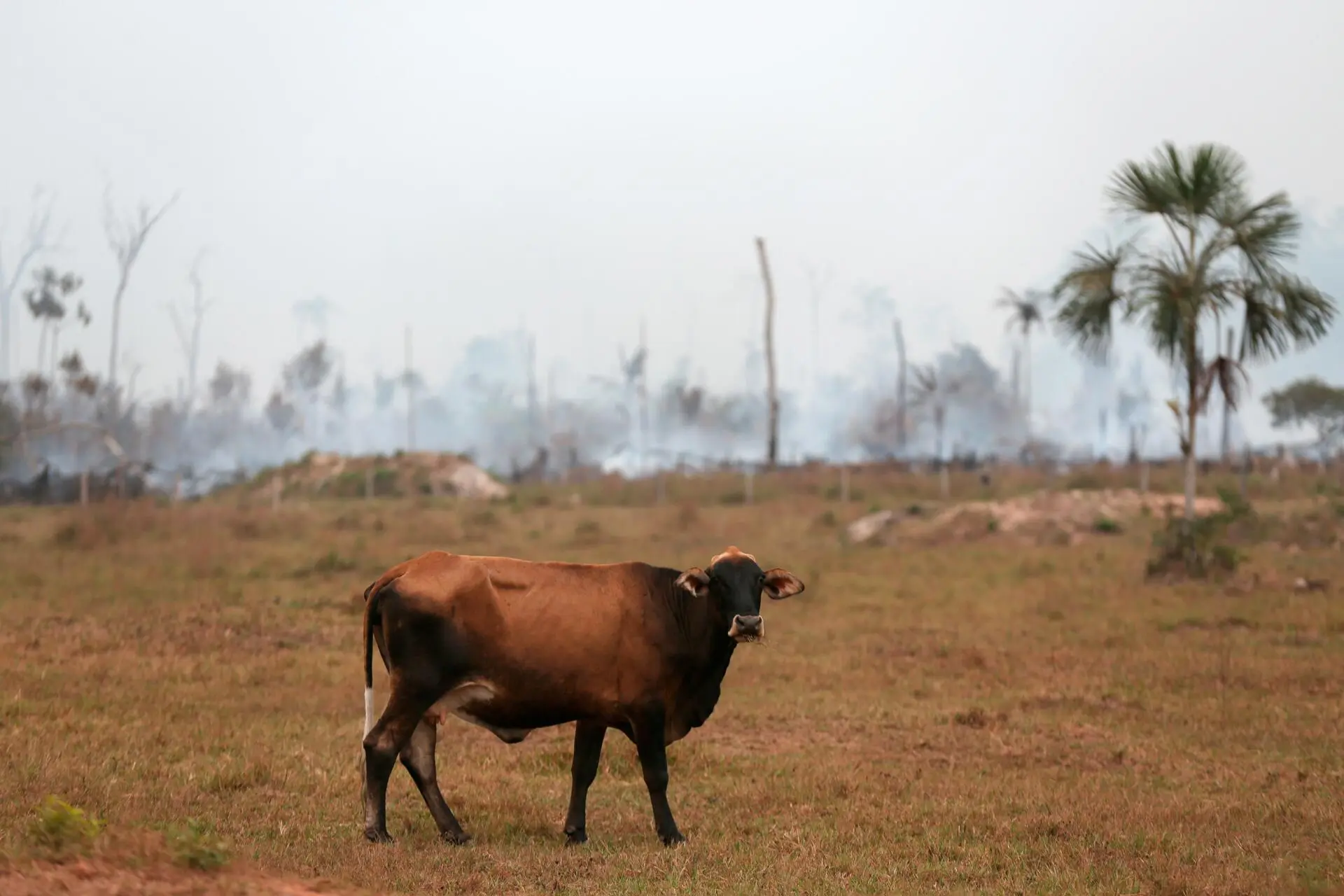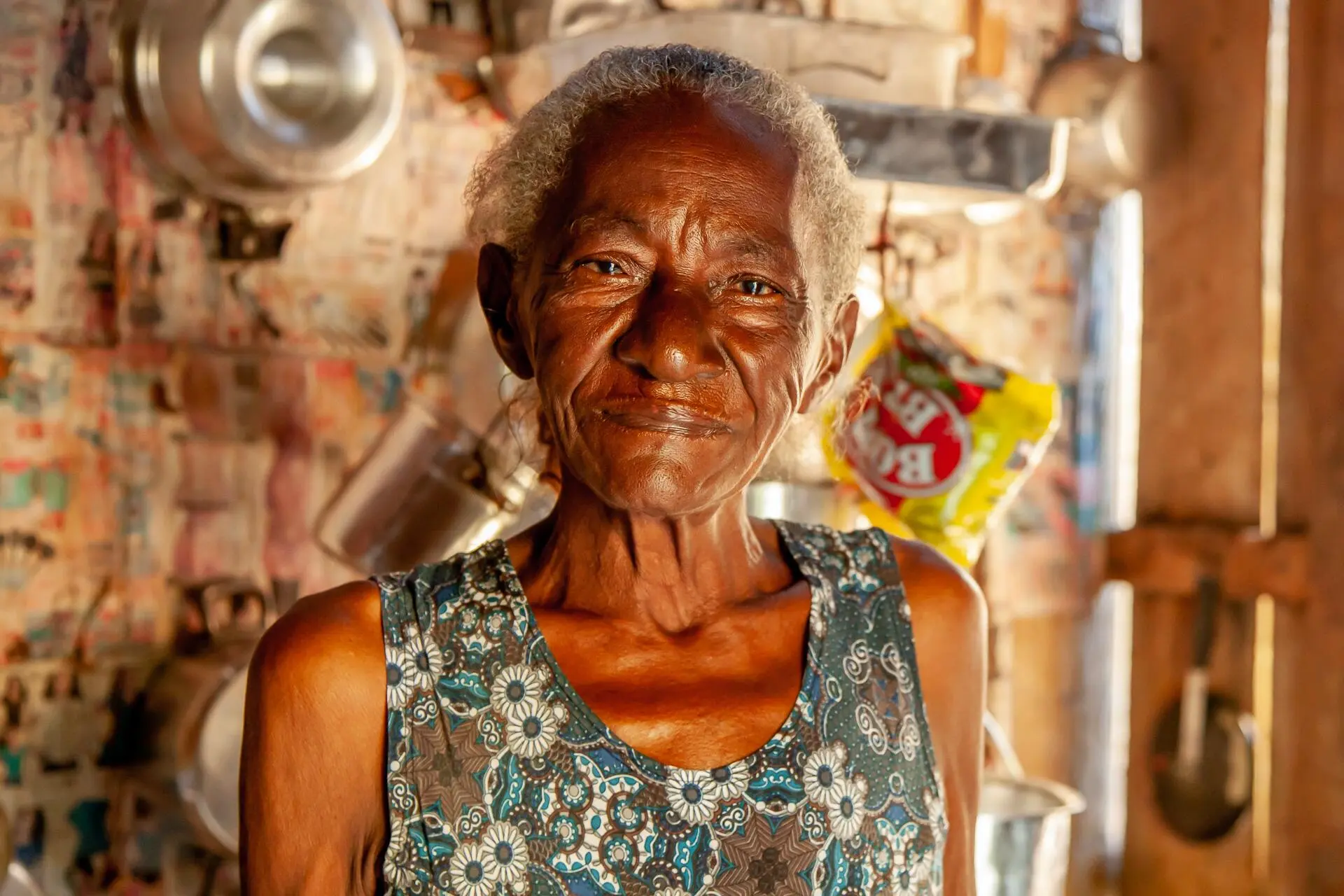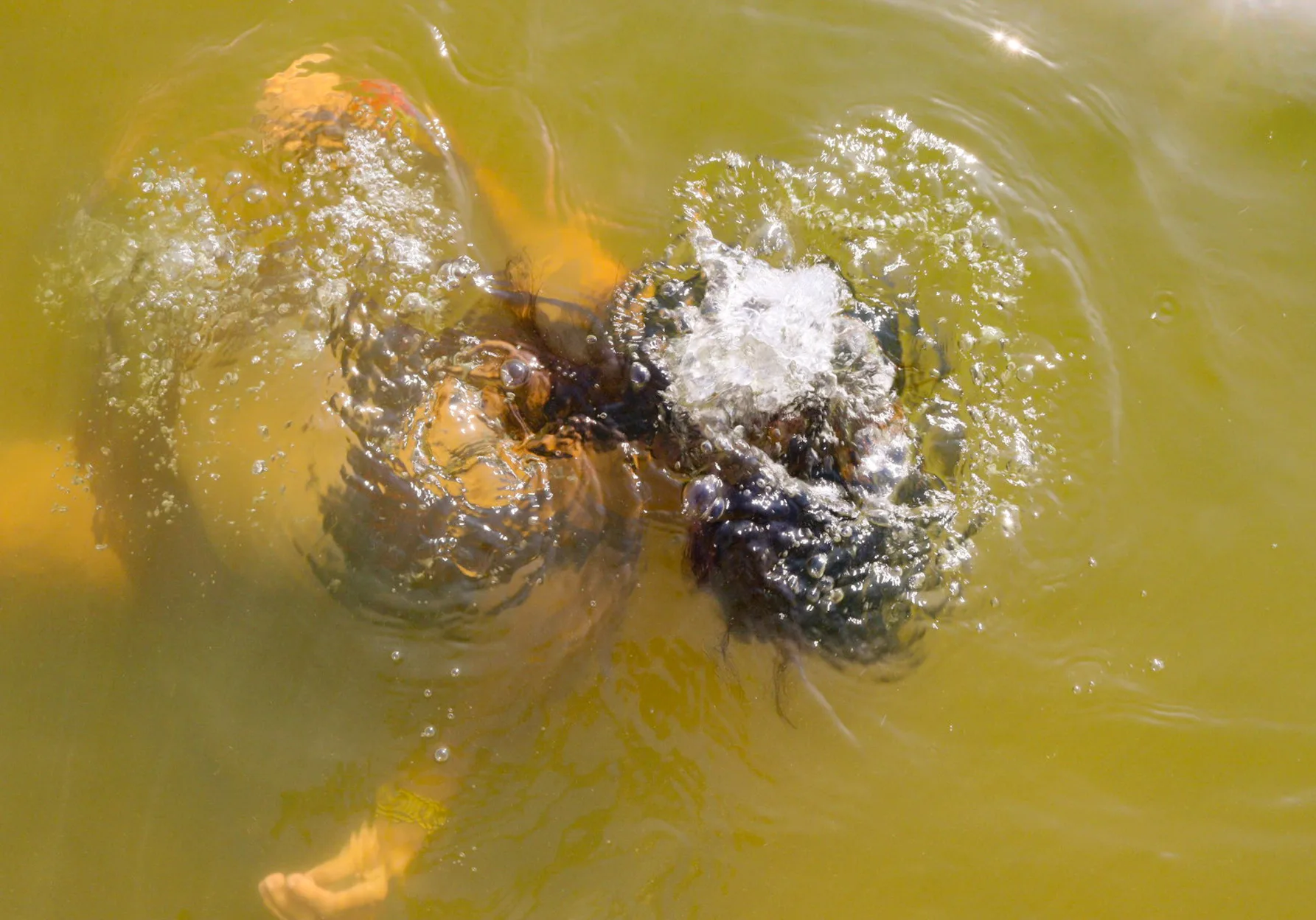Who is going to foot the billion dollar bill to rebuild Rio Grande do Sul after the worst climate disaster in the history of the southern Brazilian state? Instead of the usual innocent victims – homeowners, small companies and taxpayers – how about imposing a levy on the oil, gas, beef and soy companies that are most responsible for this unnatural catastrophe?
That is what the US state of Vermont has just decided to do in a legal step that could have ground-breaking implications around the world. Last month, this northeastern state enacted a new law requiring fossil fuel companies to pay a share of the damage caused by the climate crisis.
Vermont’s Climate Superfund Act was inspired by catastrophic flooding and damage from other extreme weather events. The scale of the disaster brought together political adversaries. The Democratic-controlled legislature passed the act with supermajority support from some Republicans. It was allowed to pass into law without a veto by the Republican state governor Phil Scott.

Vermont’s Climate Superfund Act was inspired by catastrophic flooding and damage from other extreme weather events. Photo: Kylie Cooper/Getty Images via AFP
Despite concerns about the inevitable future legal battles between the small state and powerful multinational oil companies, Scott said: “I understand the desire to seek funding to mitigate the effects of climate change that has hurt our state in so many ways.”
This could be an inspiration for Rio Grande do Sul and the increasing number of other regions that are suffering from disasters that have been amplified by human-caused global heating. In the US, Maryland, Massachusetts and New York are reportedly considering.
Technological advances have made this more feasible. Scientists can now quantify the human impact on individual extreme weather events using computer models and on-the-ground data. Earlier this month, an international team from World Weather Attribution found the unusually intense, prolonged and extensive flooding in southern Brazil was made at least twice as likely, and 9% more intense by human burning of fossil fuels and trees.
Calculating costs and apportioning responsibility is also becoming more practical. In the case of Vermont’s new legislation, state officials will have until January 2026 to assess the total costs to the state from greenhouse gases emitted between 1995 and 2024, including the impacts on public health, biodiversity and economic development. They will then use federal data to determine how much to charge individual polluters for that damage.
Responsibility for the climate crisis is concentrated among a remarkably small number of companies worldwide. The Carbon Majors Database has found that a mere 57 oil, gas, coal and cement producers are directly linked to 80% of the world’s global fossil CO2 emissions since the 2015 Paris climate agreement.
Jurisdiction is more of a challenge, but not insurmountable. Vermont can target US oil companies such as ExxonMobil and Chevron. A Brazilian superfund would likely find it easier to seek compensation from Petrobras, which is responsible for double climate disruption because it plans to explore for oil near the mouth of the Amazon river: or companies linked to deforestation in the rainforest, Cerrado and Pantanal such as JBS or Bunge; or agribusiness interests and their political backers who have violated environmental regulations in Rio Grande do Sul. There is already a growing body of science linking regional rainfall and temperature patterns and land clearance in the Amazon.
Another way to seek compensation would be at an international level. At last year’s United Nations climate summit in Dubai, the nations of the world agreed to a loss-and-damage fund that will support the countries worst affected by climate change. Mia Mottley, the prime minister of Barbados wants big atmospheric polluters to contribute at least 10 cents in every dollar to this global climate superfund.

A Brazilian superfund would seek compensation from companies linked to agribusiness interests and their political backers who have violated environmental regulations in Rio Grande do Sul. Photo: Michael Dantas/AFP
Oil, gas, cement, beef and soy companies will fight tooth and nail against this, but they have a case to answer. Their activities may be legal, but it is increasingly clear that they have made enormous profits at the expense of the climate and the residents of places like Rio Grande do Sul and Vermont. Making the companies pay for the consequences of their actions would reduce their incentive to deforest biomes like the Amazon and give a competitive advantage to cleaner and more nature-friendly alternatives.
And let’s not forget that Rio Grande do Sul won’t be the last state to suffer climate damage. Every year, there will be more heatwaves, droughts and storms. The Amazon will also be affected. Which takes us back to the question at the top of this article. Who should pay – those who lost everything from the effects of climate catastrophe or those who profited from the cause?
In this issue, SUMAÚMA reports on the continued difficulties faced by flood victims. Artist Pablito Aguiar draws another heartbreaking graphic story, this time about fellow cartoonist Talita Grass whose possessions have been engulfed by mud. “That night, everything I am was left behind,” she lamented. Life goes on, but it is harder now.
The importance – and challenge – of connecting the disaster to the human-caused climate crisis is the subject of a thought-provoking piece by Jaqueline Sordi from Porto Alegre. She examines how fake news is being used as a tactic by the far right to divert attention from the politicians and businesses who are most responsible for this calamity.
The far right always tries to deny connections between people and climate, between law breaking and public harm, and between deforestation in the Amazon and disasters in Rio Grande do Sul. For them, everything is determined by individuals in isolation competing with one another. SUMAÚMA believes the opposite: we are all interdependent and thrive best when working together as a society and in tandem with other species. Finding a better way to do that requires creativity, compassion and a willingness to pioneer new models.
That is not always easy as investigative reporter Claudia Antunes discovers with a deep dive into the subject of “bioeconomy,” a much-used and little-understood concept that could have a major impact on the Amazon and Brazil’s other great biomes. Does it offer an alternative to rapacious capitalism or is it just another “greenwashing” label for predative industries? Read Claudia’s story and make up your own mind. This is an issue that will only grow in importance.
Finally, we draw your attention to a work of great emotional power: a podcast by 18-year-old forest journalist Maxiel Ferreira who has been a much-loved participant of the Micélio-SUMAÚMA Coformation Program. Maxiel, a riverside dweller by the Rio Iriri, in Pará, tells the story of his grandmother, Francisca Ferreira, an Amazonian woman, synonymous with strength and resilience: ‘ She gave me life,’ he says in a moving tribute (in Portuguese) that is full of insights about “beiradeiro” culture and connections between past, present and future.
We at SUMAÚMA will continue to amplify these voices of the forest and hold to account those who threaten the climate and natural systems on which we all depend. Thank you as always for your interest and support.
Text: Jonathan Watts
Fact-checker: Plínio Lopes
Proofreader (Portuguese): Valquíria Della Pozza
Portuguese translation: Denise Bobadilha
Spanish translation: Meritxell Almarza
Photo editor: Lela Beltrão
Editorial workflow, copy editing and finishing: Viviane Zandonadi
Editor-in-chief: Talita Bedinelli
Editorial director: Eliane Brum

FRANCISCA FERREIRA, KNOWN IN THE COMMUNITY AS DONA FRANÇA, IN HER HOME, APRIL, 2018. PHOTO: MARCELO SALAZAR/MAZÔ MANÁ





